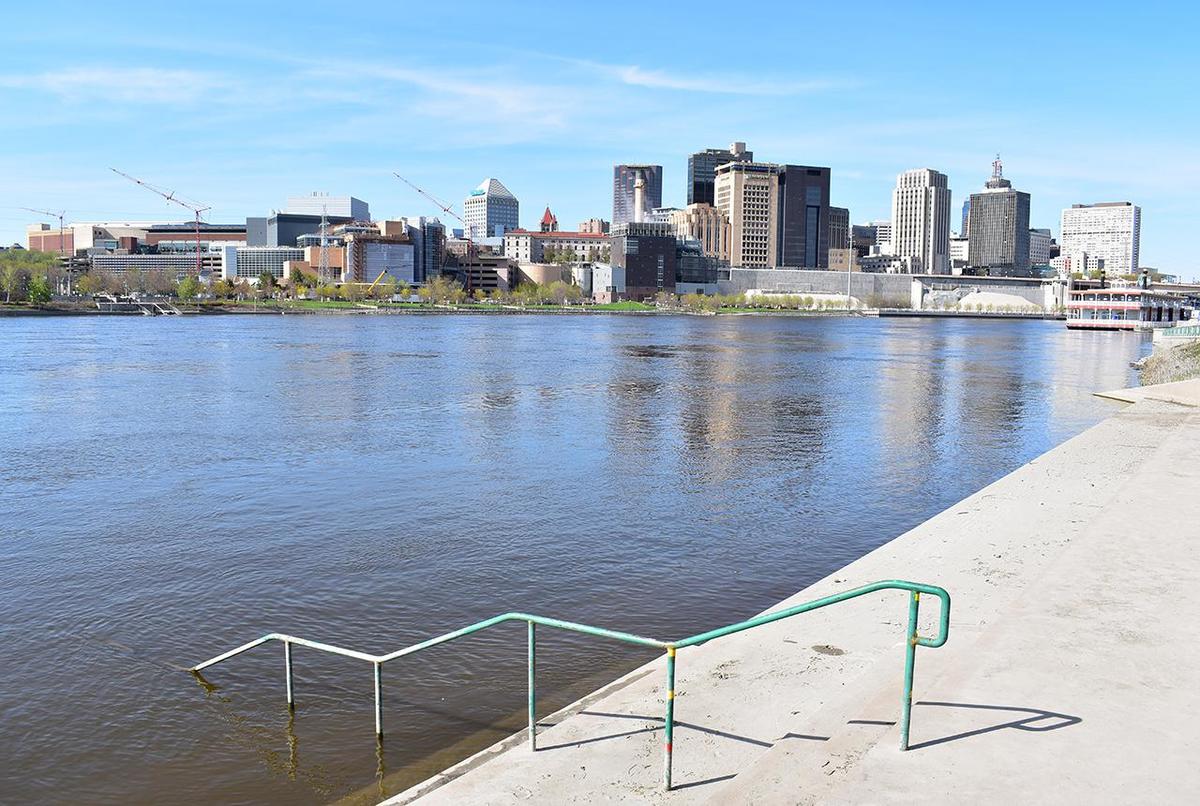Rivers are known as dynamic systems of biological, physical, and social components. But the changing climate will change these “systems of systems” in ways that are difficult to ascertain with precision. While there are some generalizations that can be made, it’s important to examine potential climate-based changes on particular rivers or, in some cases, sections of rivers. In fact, it could be argued that examining the impacts of climate change on particular rivers exemplifies the challenge to think at both the immediate local scale, and the broader global scale.
Friends of the Mississippi River (FMR) has developed a website that details a set of factors it is tracking on a local stretch of river that might serve as a blueprint for further action on rivers and climate change. FMR “engages people to protect, restore and enhance the Mississippi River and its watershed in the Twin Cities region.” The 72-mile stretch of the Mississippi that passes through the Minneapolis-St. Paul region has been designated as the Mississippi National River and Recreation Area, a unit of the National Park Service. FMR, therefore, works very closely with the National Park Service and a number of other partners to highlight the river’s importance and to safeguard its health.
“Changing climate, changing river” offers a clear, accessible, set of impacts that FMR tracks with regard to climate change and the Mississippi. Four bulleted points highlight anticipated climate trends in Minnesota, and then the impact of those trends on the river and watershed are summarized as greater heavy rain events that alter stream hydrology and lead to more runoff and pollution. Moreover, climate change is expected to change habitat for migratory species (some 40% of migratory birds in North America use the Mississippi River Flyway), increase the threat of invasive species such as invasive carps, and alter microhabitat. Urban development is a factor that touches on all of these concerns, since cities have choices about how their lands and waters are treated, choices that directly affect what conditions are downstream.
The short summaries offered are supported by a list of linked resources to more specialized information on climate change in Minnesota.
Overall, this page is quite accessible to nonspecialists, and could serve as a model for assessing climate change and other sections of river systems. Broader conditions vary of course; in some places drought rather than increased storms is the anticipated pattern, while other areas have a heavier development footprint than this one, which is relatively far upstream. Nevertheless, it might be an interesting student or volunteer project to try to replicate this page for other places.
Finally, the site’s inherent treatment of human and biophysical systems as conjoined is extremely important. It is notable that FMR’s work here is not following the old advocacy model of separating humans and nature, with everything humans do as harming nature. Human’s development on the river needs to be forward-facing, with climate change at its core. But this is not a call to “go back in time” or restore the Mississippi to some imagined past set of conditions. The changing climate won’t allow for that.

Partly a result of more frequent and intense precipitation caused by climate change, flooding gives us a sober reminder: We'll have more water problems as climate change continues.